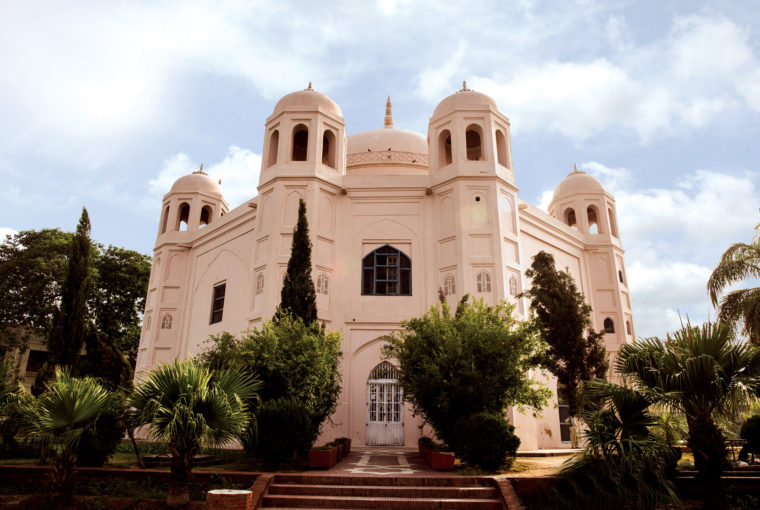According to some accounts, the tomb was actually built for Jehangir’s wife Sahib Jamal who died in Lahore in 1599, the year inscribed on the commemorative plaque located inside the monument. The name ‘Anarkali’, meaning ‘pomegranate blossom’ is thought to have come from the pomegranate trees in the garden outside.
While we may never know the real story behind the legend of Anarkali, what we can gather from the following verse inscribed on the tomb is that whoever the woman was, she was someone Jehangir held close to his heart.
“I would give thanks unto my God on the day of resurrection
Ah! Could I behold the face of my beloved once more.”
Anarkali’s tomb, a magnificent example of Mughal architecture, has, over the years, served various purposes. During Sikh rule, it was gifted as a residence by Maharaja Ranjit Singh to crown prince Kharak Singh and was then in use by Ranjit Singh’s Italian military officer, General Ventura. In colonial times, the tomb served as the Anglican church of St. James from 1851 to the 1880s. Currently, it lies within the compound of the Civil Secretariat and houses the Punjab Archives.





